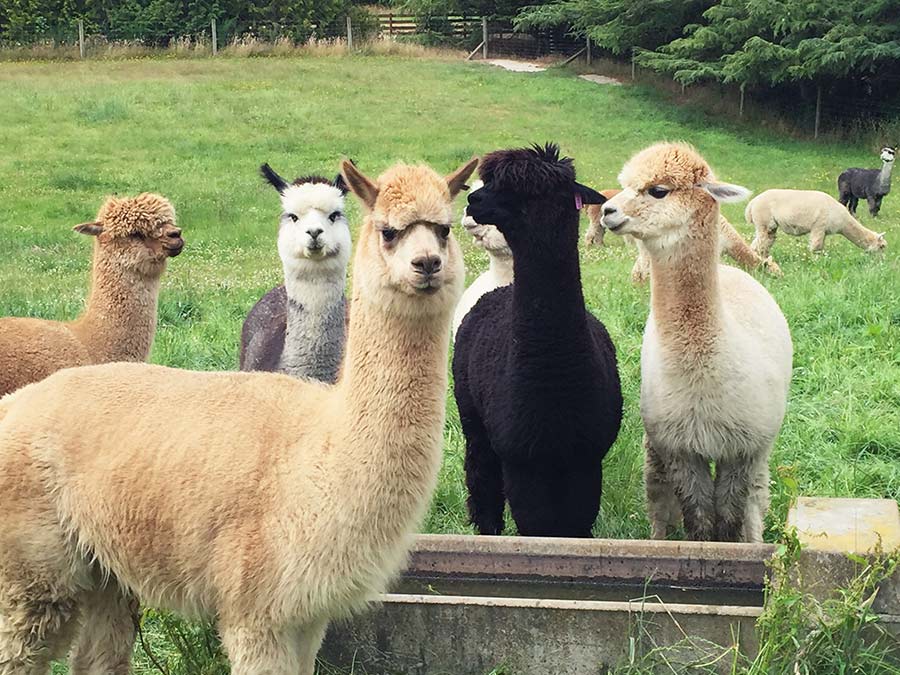Avoiding Vaccination Pitfalls

Posted March 2004
TEN TIPS FOR AVOIDING VACCINATION PITFALLS:
1. Clean, new syringe - do not leave syringes lying around. Open them just before using and be efficient.
2. Clean, new needle - and keep it that way. Needles can become quickly contaminated in the hair, dirt and debris of the barn.
3. Clean new vaccine vial (vaccines from multidose vials should be used or discarded. Many adverse reactions I have seen are from large vials stored for prolonged periods. If you need 20 doses, buy TWO 10 dose vials rather than a 50 dose vial. That 50 dose vial that had 20 doses removed is unlikely to be sterile when you come back 6 months or a year later to do "another round").
4. Accurate administration - give sub Q preferably, not IM. IM increases likelihood of adverse reaction because of accidental IV administration. (Most vaccine reactions are sterile abscesses that break and drain. Although these are unsightly, one that breaks and drains from just under the skin is far less likely to cause a problem than one that has to break and drain from deep in a muscle.
5. Pull back on plunger before administration - make sure you are not in a vein. (Even a small amount of vaccine can cause reactions when given in a vein or artery. If the animal jumps around, re-check your position.
6. Administer in a clean site. ZEN of vaccination: Part the fiber - "see the site - be the site.
7. Avoid using multidose syringes - These are far more likely to cause a problem because of contamination.
8. Store vaccine correctly - usually in a refrigerator, at minimum cool, dark place. Absolutely follow label storage directions. Do you know your supplier - was the vaccine shipped correctly, stored correctly, how close to the "out of date" date is the vial, etc. You get what you pay for.
9. Talk to your vet - have a plan to deal with vaccine reactions. Plans do no good when they are made after the fact. Discuss risk assessments to decide what vaccines are "critical", which ones are "optional", and which are "not needed".
10. There are no labeled vaccines for camelids so ALL vaccines are used extended-label. You assume the risk in giving them. I feel comfortable in saying that far more camelids have been helped by vaccines than have ever been hurt by them, but that does not mean that there are any guarantees.
David E Anderson, DVM, MS, DACVS
College of Veterinary Medicine
Like this article? Become a RMLA Member today!

